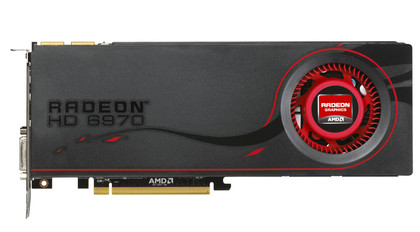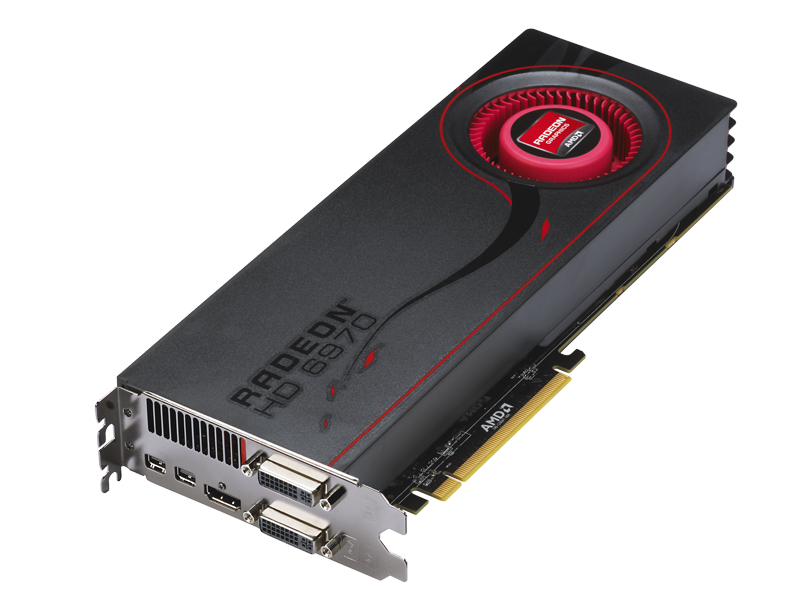Why you can trust TechRadar

Beyond the dual-graphics engine at the frontend, the chip we're seeing still has the same essential makeup as the Cypress-powered Radeon HD 5800 series. But the doubling up of the graphics engine in the Cayman GPU is most definitely important.
In terms of AMD's latest graphics cards, the Radeon HD 6970's DirectX 11 performance boost over the older DX11 cards, such as the Radeon HD 5870 and Radeon HD 5850, is seemingly all down to this dual-graphics technology. Instead of having a single engine frontend, and therefore a single tessellation chip funnelling all the work out to the various SIMD engines beyond it, there are now two working concurrently.
This means the card's not getting so bottlenecked with tessellation-heavy calculations when DirectX 11 games are put through their paces.
The AMD Radeon HD 6970 shows this extra performance, especially in its Unigine Heaven benchmark numbers. It comes in at nearly 70 per cent faster than the Radeon HD 5870, which is a fairly impressive improvement.
With the slightly larger die, AMD has been able to jam on a few more SIMD engines; a total of 24 against the Cypress maximum of 20. Coupled with slightly higher clockspeeds, that helps push the newer card past its increasingly obsolete brethren.
Within those SIMD engines, the unified shader architecture has also been redesigned. AMD's stream processors have remained largely unchanged since the RV770/HD 4800 days, with four fixed-function streaming cores and one more complex special function core. This has been refined into just four stream processing units with mostly equal functionality.
The result of this is that each of the unified shaders should be able to offer the same sort of performance with a smaller footprint and simplified scheduling of tasks.
Both the new Radeon HD 6970 and the Radeon HD 6950 also come with a rather bulging frame buffer too. With 2GB GDDR5 graphics memory on board, these cards are designed to be at home at higher resolutions or with increased anti-aliasing prowess, or indeed both.
On the anti-aliasing front, there have also been further advances. With the latest Catalyst Control Suite offering up a new setting called Enhanced Quality Anti-Aliasing (EQAA). This apparently offers "enhanced smoothing of aliased edges without requiring additional video memory, and with minimal performance cost".
The minimal performance cost is most definitely true; in DiRT 2 we saw a drop of a single frame per second across the benchmark. As for a tangible graphical enhancement though, well, that's harder to quantify. It's possible we're not looking in the right places, but on lower resolution settings, where AA is more important, I couldn't notice any difference no matter how hard I looked, and we think the average gamer will struggle, too.
As for the proposed reason for the Radeon HD 6900 delays, the new PowerTune technology, again we're talking about a fairly intangible enhancement. And, for us, probably not something worth delaying the launch of a new range of cards over…
So what is it? It's power management tech designed to dynamically shift around the GPU core clock depending on the thermal limits of the card design. Essentially dropping the clockspeed when it can get away with it and upping it when it can't.
This enables the GPU to stay below the thermal envelope that would ordinarily result in permanently throttled performance in intensive applications.
But what we really care about is performance, isn't it? So how does the HD 6970's new GPU stack up in that department then?
Current page: AMD Radon HD 6970 review: Architecture
Prev Page AMD Radon HD 6970 review: Overview Next Page AMD Radon HD 6970 review: Benchmarks